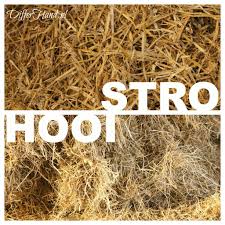Curly or frizzy cabbage stays green and does not freeze.
Beets are ideal winter feed for pitting. Storage apples and potatoes too.
Cereals and grains (wheat, beans...) are dry also to keep well. Mice are enemies.
I have often in the winter every few days chopped branches off my willows. Most animals (sheep, pigs, goats, rabbits, ponies) are happy to gnaw all the bark off. You hold fast drying fire logs and kindling.
And willows should be pruned anyway.
Corn spurrey (Spergula arvensis) is a late green fodder that is satisfied with poor sandy soils.
After the rye harvest the land was plowed and harrowed and spurrey could quickly make a cut. Butter of dairy cattle that was fed with spurrey was greatly appreciated for its taste. The crop put few demands on the ground.
The rapidly growing spurrey is also used as a windbreak when sowing grass. It works against soil dispersing and disappeared after mowing some times. Otherwise it makes seeds very fast and can spread like weeds.
If this last green crop of the year was eaten, farmers switched over to the cow kettle. Generally against a side wall of the living room was put a heavy pole topped by a long arm. At the end hung the large iron cow kettle (often more than 100 liters). Which could on the one hand be rotated above the fire, and on the other side, up to the separating wall with the cattle shed, which had feed openings. The kettle was for all cattle (cow, sheep or pigs) everything edible and all leftover were cooked as winter feed. (And the proximity of cattle helped to keep the house warmer.)
 Straw is the dry stalks of cereal plants. (Hay is dried grass.)
Straw is the dry stalks of cereal plants. (Hay is dried grass.)
Rye straw is long and was used for making beehives, baskets, straw roofs and straw puppetsto capture hollow rooftiles and seal against wind and blowing in precipitation. Barley straw has a slightly higher nutritional value than wheat straw, but it absorb less easily moisture. Between strawberries straw is scattered so they do not hang on the ground and get moldy and rot. To keep a stable clean and dry it is also thrown. All dry organic material can be used for this in principle.
In loam for walls it is used as a binding element.
